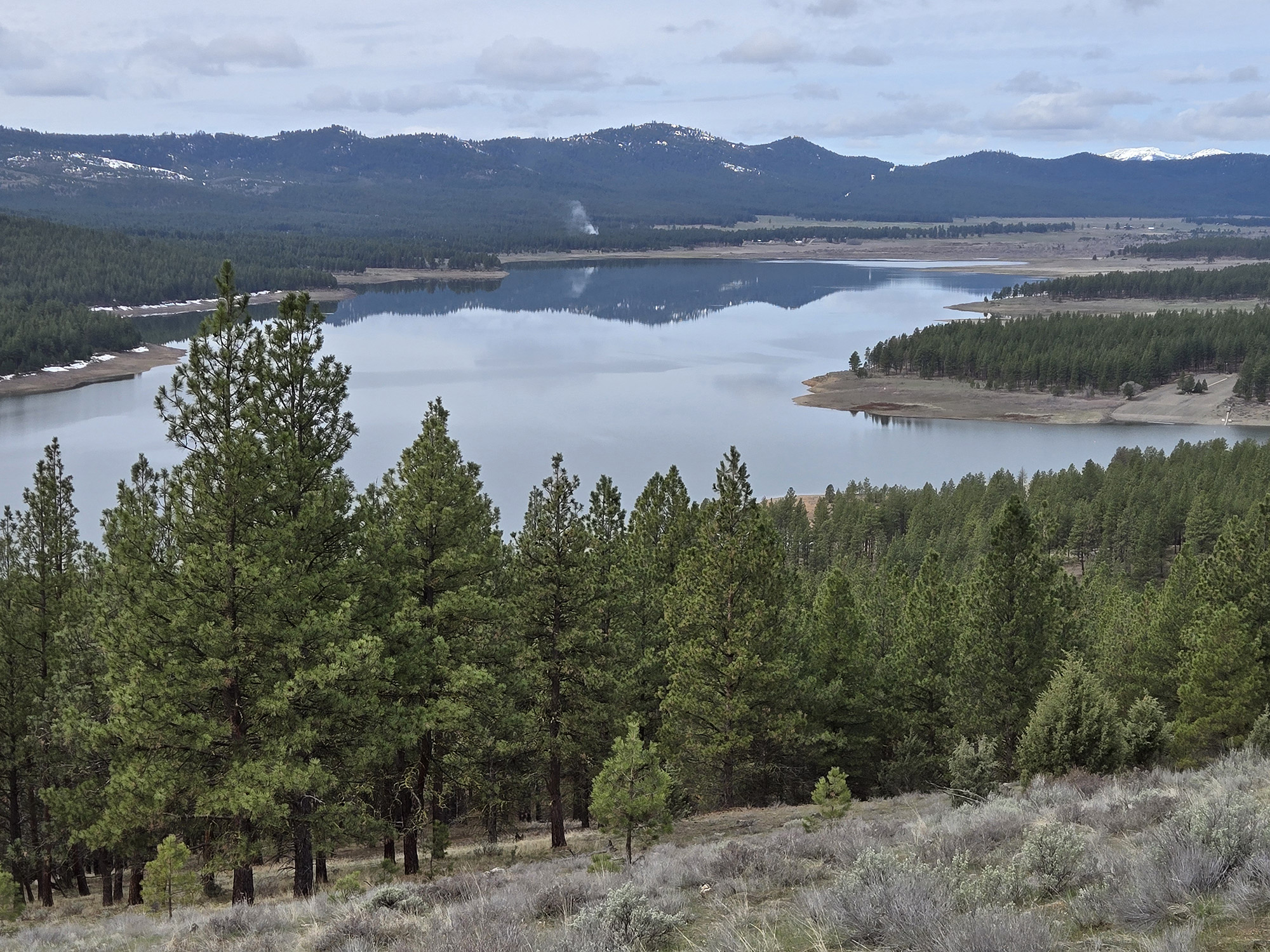Caught Ovgard | Don’t live in fear — just live
Published 6:00 am Saturday, August 15, 2020
FILLMORE, Utah — Tonight, I’m writing my column at the last minute from my motel in Fillmore, Utah. If you’ve never heard of it, don’t worry, neither had I.
Trending
As I write this, I’m on Day 60 of my summer road trip. You read that correctly; I’ve been traveling for two months like some sort of European.
Four years ago, I took my first big summer road trip en route to military training in Montgomery, Alabama. Though I was there for five weeks, I padded the drive with about a week on each end to see the sights.
The following year, it was off to San Antonio for tech school. That was only a four-week course, but I padded it with about 10 days of fishing and sightseeing.
Trending
Last year, I drove to Florida for the dual threat of my cousin Austin’s wedding and a fishing conference.
This year, I was all set to return to the same conference with my sponsor, Fishbrain, but it was canceled — like all happiness-generating activities — due to COVID-19.
Rather than call it off, I decided to go on the trip, but this time with nothing in mind but fishing and fun.
Risks
On June 12, I left amid the surreality of today and the uncertainty of tomorrow. Mapping out every fishing venue, roadside attraction, national park, destination restaurant and even most of my lodging took months, but I figured it was the escape I needed, despite the dark cloud on the horizon.
In so many ways, it was.
While normalcy fled for a sort of half-baked dread, I flew into the unknown with an aching wanderlust that’s always been present in my heart but seemed to necessitate this trip more than ever. After all, I didn’t know what an Oregon summer would look like, but I needed a change of scenery, and despite the risks, I pulled the trigger.
A few people told me I was crazy to travel during the Coronapocalypse, but was I?
I’m at the halfway point of the 25-34 demographic used by the Centers for Disease Control for purposes of infectious disease tracking. And if you’re thinking, “He’s going to pull CDC data and spit a bunch of data at me. How tired,” then you have good instincts.
Know how many people have died from COVID-19 in my age group during my road trip? 302. That doesn’t take into account comorbidities, either, so if someone had COVID-19 when they died of cancer, they’d be included in that 302.
Now, that’s tragic. Undoubtedly. I hate to look at death statistics because each number represents a human life, and each human life has a rich story and so much potential. The cold reality is that people die all the time.
It may feel callous, to discuss death, but what does that number mean, 302?
Well, using data from a 2016 age-specific CDC study, COVID-19 would be the sixth leading cause of death in my demographic, somewhere between heart disease (566 deaths in the past 60 days for Americans 25-34) and liver disease (152 deaths), assuming the 2016 numbers remained the same.
COVID falls well behind accidents. Those killed 3,942 of my same-age peers while I was traveling this summer — almost including me on a couple of occasions.
Suicide? 1,210.
Homicide? 883.
Cancer? 623.
I think what puts this into perspective for me most effectively is the homicide statistic. If I’m almost three times more likely to be murdered than I am to die of COVID-19, then COVID-19 isn’t really a significant risk to me.
Can it be a risk to others? Sure.
But was my road trip foolhardy, irresponsible or a passive suicide attempt as some might have you believe? I don’t think so, but it was exhausting as much as it was freeing.
Sleeping in a different bed every night, traveling 15,000 miles through 37 states was incredible, but it was also a calculated risk. Life is meant to be lived, and if you’re young and healthy, you’re going to regret shying away from calculated risk.
Don’t live in fear. Just live.









